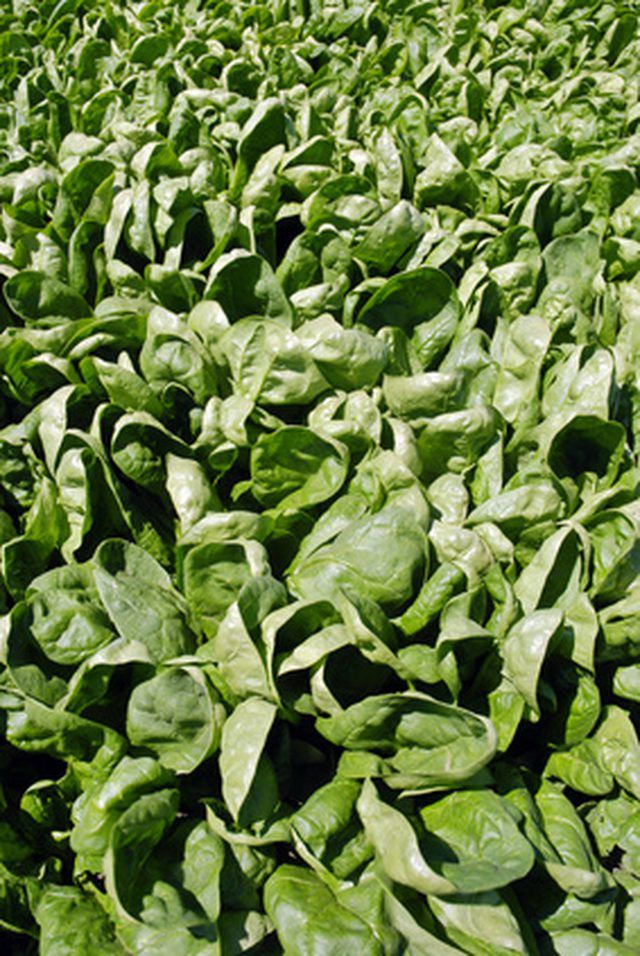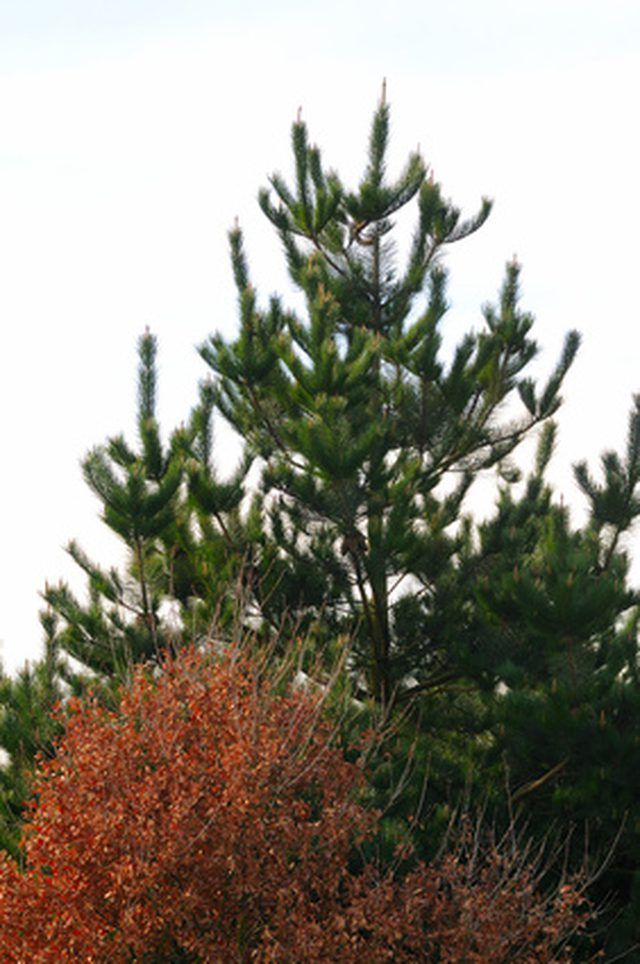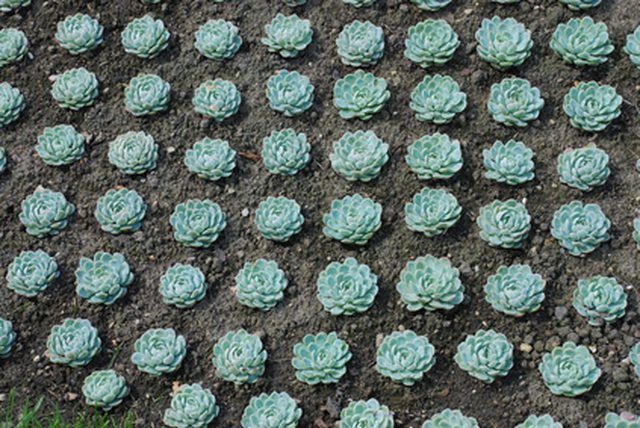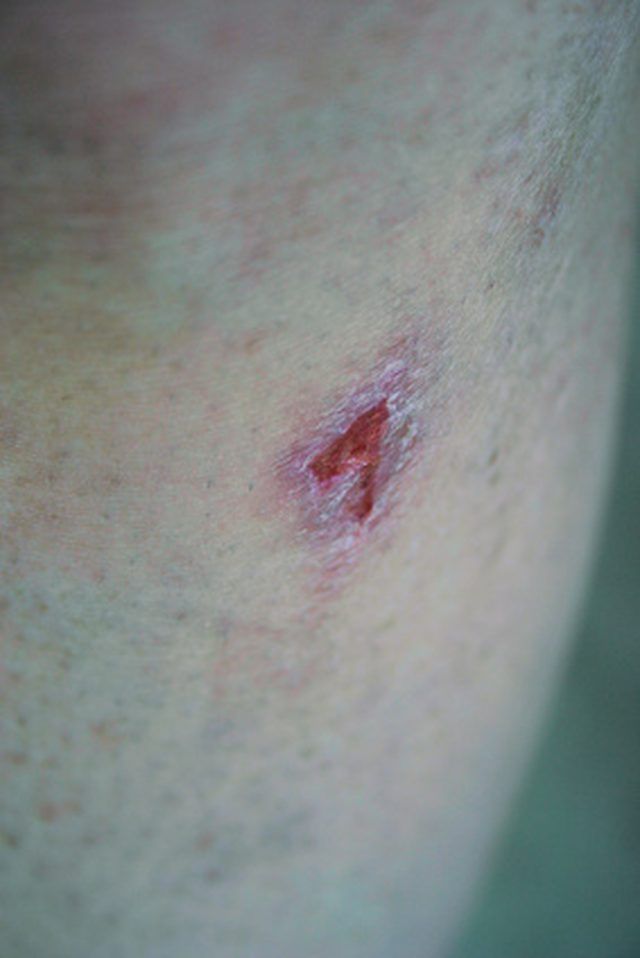Bulbs
Flower Basics
Flower Beds & Specialty Gardens
Flower Garden
Garden Furniture
Garden Gnomes
Garden Seeds
Garden Sheds
Garden Statues
Garden Tools & Supplies
Gardening Basics
Green & Organic
Groundcovers & Vines
Growing Annuals
Growing Basil
Growing Beans
Growing Berries
Growing Blueberries
Growing Cactus
Growing Corn
Growing Cotton
Growing Edibles
Growing Flowers
Growing Garlic
Growing Grapes
Growing Grass
Growing Herbs
Growing Jasmine
Growing Mint
Growing Mushrooms
Orchids
Growing Peanuts
Growing Perennials
Growing Plants
Growing Rosemary
Growing Roses
Growing Strawberries
Growing Sunflowers
Growing Thyme
Growing Tomatoes
Growing Tulips
Growing Vegetables
Herb Basics
Herb Garden
Indoor Growing
Landscaping Basics
Landscaping Patios
Landscaping Plants
Landscaping Shrubs
Landscaping Trees
Landscaping Walks & Pathways
Lawn Basics
Lawn Maintenance
Lawn Mowers
Lawn Ornaments
Lawn Planting
Lawn Tools
Outdoor Growing
Overall Landscape Planning
Pests, Weeds & Problems
Plant Basics
Rock Garden
Rose Garden
Shrubs
Soil
Specialty Gardens
Trees
Vegetable Garden
Yard Maintenance
Harmful Bacteria in Soil
Harmful Bacteria in Soil. Bacteria can be found on the human body, within the air you breathe, in water and even in soil. Harmful bacteria found within soil can cause potential harm to humans, plants and trees. Some forms of bacteria can produce poisonous toxins, which can be fatal if the spores of such bacteria are inhaled, ingested or transferred...
Bacteria can be found on the human body, within the air you breathe, in water and even in soil. Harmful bacteria found within soil can cause potential harm to humans, plants and trees. Some forms of bacteria can produce poisonous toxins, which can be fatal if the spores of such bacteria are inhaled, ingested or transferred through a wound.

There are a few variety of Bacillus. Bacillus cereus is a bacteria commonly found in soil. B. cereus is capable of withstanding extreme conditions, such as heat. Food grown in soil containing B. cereus can become susceptible to contamination. It is also possible to inhale aggravated B. cereus spores, or have spores enter broken skin when you don't wear gloves while gardening. According to the Textbook of Bacteriology, B. cereus contains three types of enterotoxins. Enterotoxins are toxins produced by bacteria and are responsible for causing the vomiting and diarrhea associated with food poisoning.

Agrobacterium tumefaciens is a form of bacteria that causes disease in plant tissue. If A. tumefaciens enters a healthy tree or plant through the root or stem from the soil, the bacterium will parasitize the tree or plant. The host of A. tumifaciens will succumb to tumor development and changes in plant metabolism. Tumors can begin as white callused tissue on the tree or plant. To prevent crown gall disease, it is important for plant life to be sustained outside of contaminated soil.

Anthrax is caused by the bacterium Bacillus anthracis. B. anthracis can survive for years within soil. When the bacterium produces spores, the potential for contamination becomes possible. Spores can be disturbed during gardening. According to the Directors of Health Promotion and Education, the inhalation of spores from contaminated soil can result in illness. Anthrax is also responsible for producing a toxin that can result in skin ulcers, respiratory distress, fever, vomiting, diarrhea, nausea and possible death.

Anaerobic bacteria don't require oxygen to survive. One particular species, Clostridium perfringens can be found virtually everywhere. The bacteria can be found in the intestines of humans and animals. However, the bacteria is predominantly found in soil and water. C. perfringens is one of the most common bacterium responsible for food-borne illnesses. If C. perfringens is exposed to extreme temperatures, such as heat, the bacterium will sporulate, or form new spores. The new spores are extremely resistent; which can make outbreaks of illness possible.

Clostridium tetani is responsible for causing tetanus. C. tetani produces spores which can be inhaled. The spores can also enter wounds, thus resulting in tetanus. If C. tetani enters your body, germination of the spores wil occur, allowing the bacteria to grow. C. tetani produces a potent toxin known as tetanospasmin. This toxin affects your nervous system, resulting in muscle stiffness, spasms, respiratory distress and fever.
